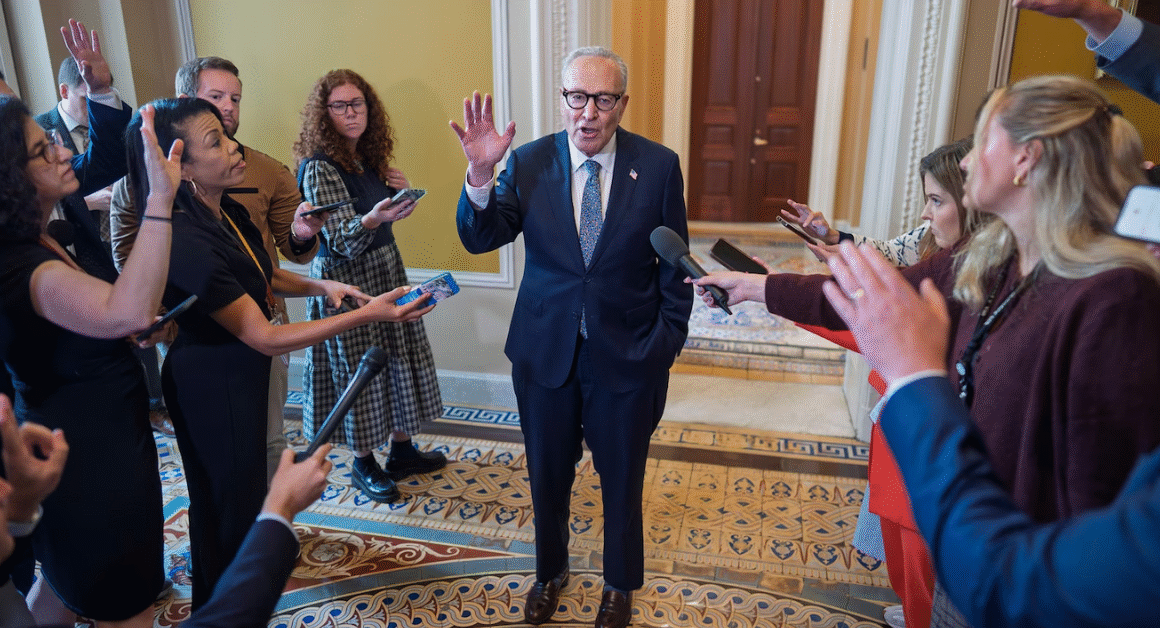Telehealth services have become a vital part of healthcare, especially during the COVID-19 pandemic. They allowed patients to consult doctors from home, making healthcare more accessible and convenient. However, these telehealth flexibilities put in place by the government are set to expire in late September, causing concern among healthcare providers.
Unless Congress takes action to extend these policies, many fear that access to telehealth could be significantly reduced. For millions of patients relying on remote medical consultations, this change might result in longer waits, higher costs, and less convenience, especially in rural or underserved areas.
What Are Telehealth Flexibilities?
During the pandemic, the U.S. government relaxed many rules around telehealth to help combat healthcare challenges. For example, regulations related to Medicare reimbursements, cross-state medical licensing, and privacy allowances under HIPAA were eased. This allowed healthcare providers to offer virtual consultations more easily and get paid similarly to in-person visits.
According to the Centers for Disease Control and Prevention (CDC), these flexibilities helped increase patient access while reducing potential COVID-19 exposure risks for both patients and providers.
Why Are Providers Worried?
Healthcare providers worry that when these flexibilities expire, telehealth services will face strict pre-pandemic rules again. This could cause a significant drop in telehealth appointments because reimbursement rates may fall, and strict licensing laws will limit doctors to practicing only in states where they are licensed. Such restrictions would hurt patients who have relied on these services, especially those in rural or remote areas.
The American Medical Association (AMA) has warned that losing telehealth flexibilities could disrupt care for many patients. The AMA underlines that telehealth improves access, supports chronic condition management, and reduces travel burdens, especially for younger and working patients who prefer flexible care options.
Impact on the Younger Generation and Remote Communities
Young people and tech-savvy patients have quickly adapted to telehealth technologies for routine check-ups or mental health therapy sessions. Removing telehealth-flexible policies could push these patients back to traditional, in-person visits that sometimes are hard to schedule and access.
Moreover, remote and rural communities—where doctors and hospitals are far away—rely heavily on telehealth to get timely medical advice. As reported by Health Affairs, telehealth acts as a lifeline for these populations, and limiting it would widen the healthcare gap.
What is Congress Doing About It?
Congress is currently debating whether to extend these telehealth provisions or allow them to end. Some legislators advocate for making certain flexibilities permanent to improve healthcare access nationally. Meanwhile, others are cautious about privacy and fraud concerns with broader telehealth adoption.
The key question is whether quick legislative action will happen before the late September deadline. Providers want clear direction to plan their services, and patients need assurance that telehealth will remain an option. The Advancing Telehealth Beyond COVID-19 Act is one such bill proposed to extend telehealth services post-pandemic.
How Can Patients Prepare?
Patients should stay informed about possible changes to telehealth policies. It is wise to check with healthcare providers about the future availability of virtual appointments. Scheduling necessary telehealth visits before any restrictions return might be beneficial.
At the same time, patients should weigh their healthcare options, understanding when in-person visits are necessary and when telehealth can suffice. Proactively managing chronic conditions and keeping regular medical appointments can help reduce complications if telehealth access tightens.
The Future of Telehealth in America
Telehealth remains a significant part of modern healthcare, offering convenience and accessibility. The current debate in Congress will likely define the future of how telemedicine evolves. Many experts agree that telehealth cannot fully replace in-person care but should continue as a valuable complementary option.
Providers and patients alike hope Congress recognizes the importance of maintaining these flexibilities, ensuring better healthcare access for all Americans, including younger generations and rural communities.













